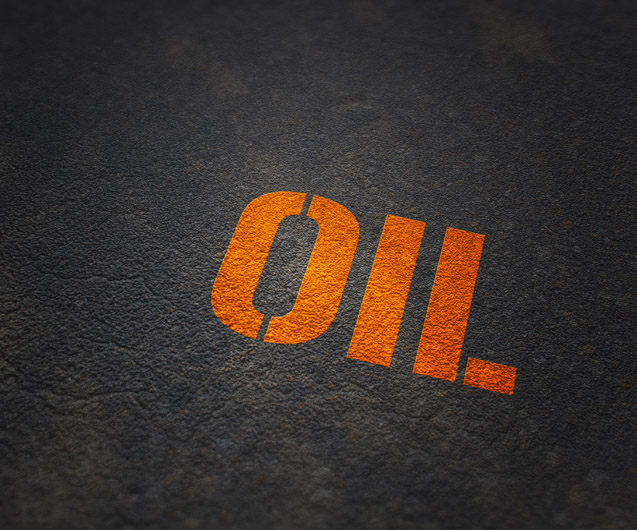Kerogen is a complex mixture of solid, insoluble organic matter that is found in sedimentary rocks.
It is formed from the remains of dead plants and animals, which have been subjected to heat, pressure, and time, leading to their transformation into a dense, carbon-rich substance.
Kerogen is the primary source of hydrocarbons, such as oil and natural gas.
Types of Kerogen
Kerogen is classified into three main types based on its origin, chemical composition, and thermal maturity.
Type I (Algal/Sapropelic)
This type of kerogen is derived from algae and other aquatic microorganisms, making it rich in hydrogen and low in oxygen. Type I kerogen is known for its high oil-generating potential and is typically found in deep marine environments.
Type II (Liptinic)
This type of kerogen is derived from a mix of aquatic and terrestrial organic matter, including plankton, algae, and plant material.
Type II kerogen is intermediate in terms of hydrogen and oxygen content and has a good oil-generating potential. It is commonly found in marine shales and some lacustrine (lake) environments.
Type III (Humic)
This type of kerogen is primarily derived from terrestrial plant material, such as woody debris, and is low in hydrogen and high in oxygen.
Type III kerogen has a low oil-generating potential and is more likely to produce natural gas or coal. It is typically found in coal deposits and terrestrial shales.
Related: What is Unconventional Oil and Gas?
The Role of Kerogen in Oil and Gas Formation
The significance of kerogen in the formation of oil and gas can be explained through a process known as catagenesis.
As buried organic matter (kerogen) is subjected to increasing heat, pressure, and time, it undergoes a series of chemical transformations.
These transformations result in the generation of hydrocarbons, which eventually migrate from the source rock into reservoir rocks, such as sandstones or carbonates, where they accumulate as oil and gas deposits.
The type of kerogen present in the source rock plays a critical role in determining the type of hydrocarbon that will be generated.
Type I and II kerogens are more likely to produce oil, while Type III kerogen is more likely to generate natural gas.
Additionally, the thermal maturity of the kerogen also influences the type of hydrocarbon generated.
As the thermal maturity increases, the kerogen will go through stages of generating oil, wet gas (a mixture of oil and gas), dry gas (mainly methane), and eventually graphite.
Read next: How Is Oil Extracted From Oil Sands?
